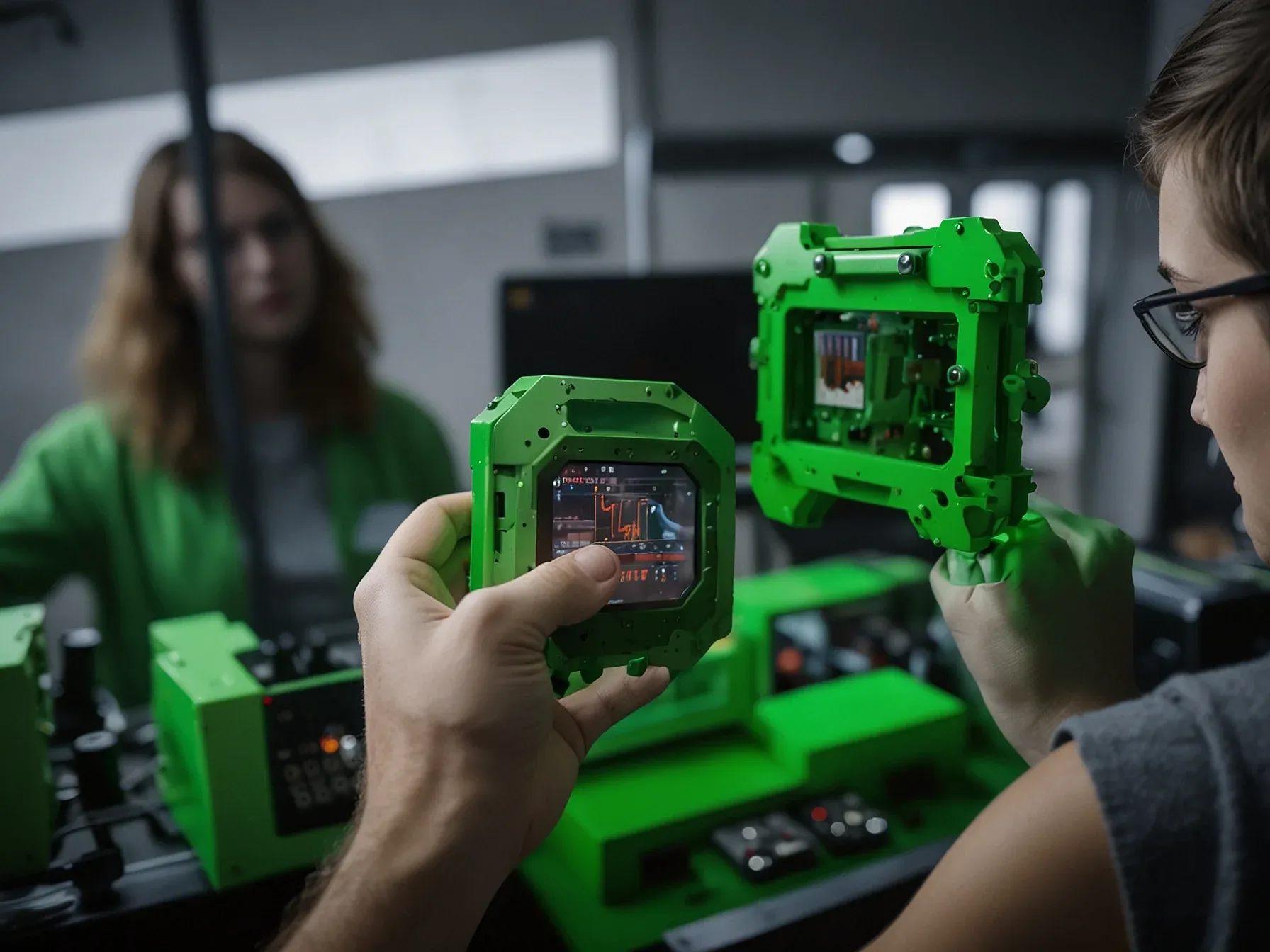
SAM3 uses concept segmentation to locate any object described in images or video
Most vision models still hinge on a predefined catalog of object categories. Want to pull out a rare bird, a custom logo, or a newly invented gadget? You either need a model trained on that exact class or you settle for a rough approximation.
That rigidity shows up in everything from photo editors to video analytics platforms, where users are forced to work around a static taxonomy. The result is a constant back‑and‑forth: either you train a new detector, or you accept that the system simply won’t see what you need. What if the tool could understand a brief description or a single example on the fly, without any prior label?
That’s the promise behind the latest open‑source effort, SAM3. It aims to sidestep the fixed‑list problem by letting you ask for “any object” in an image or clip, using natural language or a reference patch. The following excerpt explains how that capability translates into practical segmentation.
SAM3 overcomes the aforementioned limitations using the promptable concept segmentation capability. It can find and isolate anything you ask for in an image or video, whether you describe it with a short phrase or show an example, without relying on a fixed list of object types. Here are some of the ways in which you can get access to the SAM3 model: Web-based playground/demo: There's a web interface "Segment Anything Playground", where you can upload an image or video, provide a text prompt (or exemplar), and experiment with SAM 3's segmentation and tracking functionality.
Can a single model truly handle detection, segmentation, and tracking across diverse media? SAM3 claims to do just that, building on recent advances exemplified by releases such as Nano Banana and Qwen Image. It introduces a promptable concept segmentation capability, allowing users to describe an object with a short phrase or provide an example image, then locate and isolate that object in both stills and video.
No fixed catalog of object types is required, which marks a departure from earlier approaches that relied on predefined classes. Yet the extent of its performance across complex scenes or rare concepts has not been fully disclosed. The unified framework suggests a more streamlined workflow, but benchmarks comparing it to existing tools are absent from the announcement.
Consequently, while the technology appears promising, It's unclear whether the method will consistently meet the demands of real‑world applications. Further testing on varied datasets would help gauge its robustness, especially in scenarios where visual cues are ambiguous or occluded.
Further Reading
- SAM3: A New Era for Open‑Vocabulary Segmentation and Edge AI - Edge AI & Vision Review
- SAM 3: Segment Anything with Concepts - Ultralytics YOLO Docs
- What Is Segment Anything 3 (SAM 3)? - Roboflow Blog
- Introducing Meta Segment Anything Model 3 and SAM 3D - AI at Meta
- SAM 3: Segment Anything with Concepts - arXiv
Common Questions Answered
What limitation of most vision models does SAM3 address?
Most vision models rely on a fixed catalog of object categories, forcing users to train new detectors for rare or custom objects. SAM3 eliminates this rigidity by enabling detection, segmentation, and tracking without a predefined taxonomy, allowing any described object to be located.
How does SAM3’s promptable concept segmentation enable users to locate objects in images or video?
SAM3 accepts either a short textual phrase or an example image as a prompt, then segments the described concept across the entire visual input. This promptable approach lets the model isolate the target object in both still images and video frames without needing a class‑specific model.
What options does the web‑based "Segment Anything Playground" provide for interacting with SAM3?
The playground offers a browser interface where users can upload an image or video, enter a descriptive prompt, or supply an example crop. After submission, SAM3 returns the segmented region for the requested object, demonstrating real‑time concept segmentation.
Does SAM3 require a predefined catalog of object types for detection, segmentation, and tracking across diverse media?
No, SAM3 does not depend on a static list of object categories. Its promptable concept segmentation capability allows it to handle any object described by the user, marking a departure from earlier models that needed explicit class definitions.




